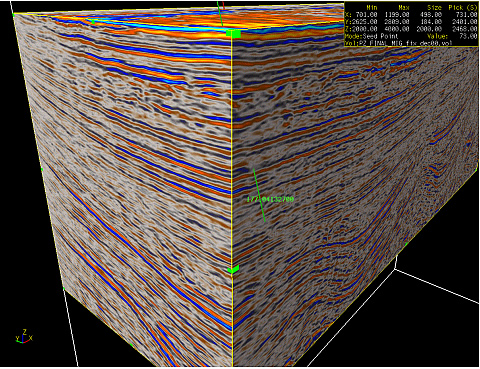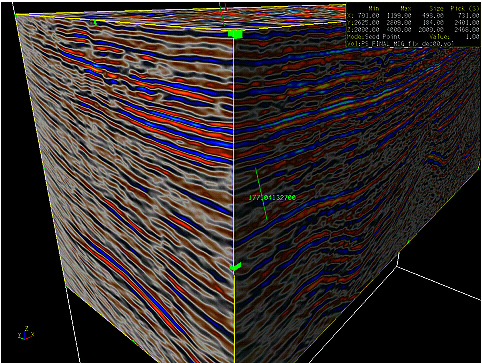RSI plans to develop and test a new methodology for extracting seismic attenuation attributes from multi-component P-wave and S-wave seismic data, and relating these to the presence of natural gas occurrences in deep reservoirs (over 15,000 feet). The methodology will make use of existing seismic data already in the libraries of U.S. operators. Therefore, it will be much more economically viable than methods requiring special and additional seismic data acquisition. The results will make drilling for deep gas less risky and will encourage more rapid development of deep, higher risk, domestic, natural gas resources.
Results:
This project is complete. The final report is listed below under "Additional Information".
In September 2005, the performer completed the project’s first milestone, final development of equations for computing seismic wave attenuation from digital well log data. This represents a significant accomplishment, as there is currently no commercial tool to measure attenuation in the borehole, and it is known to contain useful information about critical reservoir properties, including gas charge.
During December 2005, the project performer loaded Seitel Eugene Island GOM ocean-bottom-cable seismic data along with the accompanying velocity data. These data were used to test the validity of the equations developed during the first year of the project for relating p- and s-wave attenuation attributes to gas saturation, porosity, and lithology.
During January 2006, the project performer completed development of a qualitative method for registering multicomponent seismic data, based on the nature and similarity of particular PS and PP reflections. The performer consulted with UT BEG on their methodologies for co-registering PP and PS seismic displays. The co-registration is one step in interpreting the Seitel Eugene Island, Gulf of Mexico dataset.
Through July 2006, the project performer has validated the reliability of their equations using the Eugene Island ocean-bottom-cable data set.
Rock physics modeling is key to realistically assessing P- and S- wave attenuation. The new rock physics model, developed as part of this study, links attenuation and velocity dispersion that occurs in partially saturated reservoirs as well as in non-reservoir rock. This new model estimates Qp (P-wave attenuation) and Qs (S-wave attenuation) from basic elastic variables such as, porosity, lithology, fluid, and pressure. Thus far, the results of this modeling effort have been consistent with experimentally-measured values.
A large potential of this model is that it allows for consistent forward modeling of attenuation depending on the properties and conditions in the subsurface to supplement and extend the existing real data. Such rock-physics-based “what-if” forward modeling is a powerful tool of seismic interpretation and has been extensively used with the elastic properties. This new theoretical development will help extend this approach into the inelastic domain.
Attenuation can be used in exploration and development only if it can be extracted from real seismic data. To test whether such extraction is viable researchers, as part of this study, created synthetic seismic traces for P-to-P and P-to-S amplitude using their rock physics predictions. In this synthetic modeling they used a new raytracer tool designed specifically for this task. The results prove that the amplitude is indeed affected by attenuation and, by inference, that the seismic P- and S-wave attenuation can be measured in the field and eventually used for the purpose of rock diagnostics.






